Colombia is a world unto itself, says Ambassador Tito Saul Pinilla. From tropical rainforests to timeworn colonial buildings, the country boasts sundry treasures almost surreal to the senses, the top Colombian envoy to Korea extols in an interview.
Pinilla first recommends capital Bogota, the political and economic center blending colonial and modern architectures. Next is Cartagena, a city and UNESCO World Heritage Site on the northern coast famous for its fortress, beaches and festivals.
He also touts the Coffee Cultural Landscape, another UNESCO site in the western country with coffee plantations involving entire local communities. Last but not least, the diplomat encourages experiencing the Amazon tropical rainforest, which offers a kaleidoscopic tapestry of biodiversity and nature.
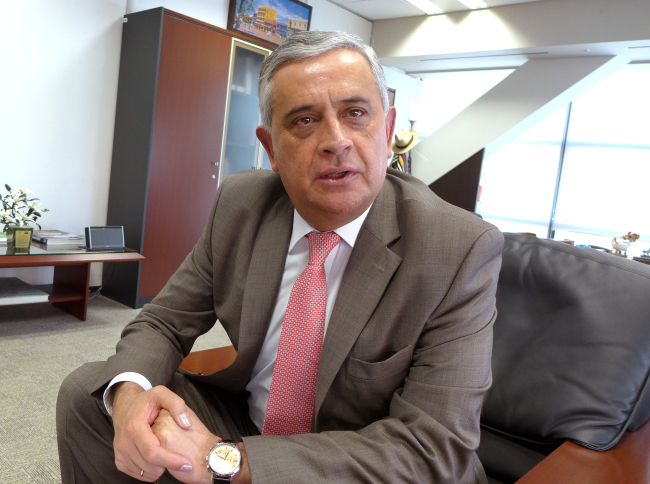 |
Colombian Ambassador to Korea Tito Saul Pinilla (Joel Lee/The Korea Herald) |
As Colombia is gradually emerging from five decades of conflict with armed insurgency group FARC -- the Revolutionary Armed Forces of Colombia -- following a historic peace agreement last year, the security and business environment have improved, Pinilla stressed.
“Colombia is located in the middle of the Americas and has varying altitudes that produce beautiful landscapes and experiences,” he told The Korea Herald last week. “Thanks to enhanced security, travelling options have expanded and our tourism sector has seen steady growth.”
In a country where tourism makes up over 6 percent of national income, choices have broadened to encompass rural tourism and ecotourism as well as to the countryside and small and medium-sized cities. Educational tours for students and entrepreneurs are also available.
ProColombia, a government agency responsible for attracting investment and tourists, recently upgraded its website (www.colombia.travel) for international travelers. The website has a Korean page offering various information on destinations and contacts.
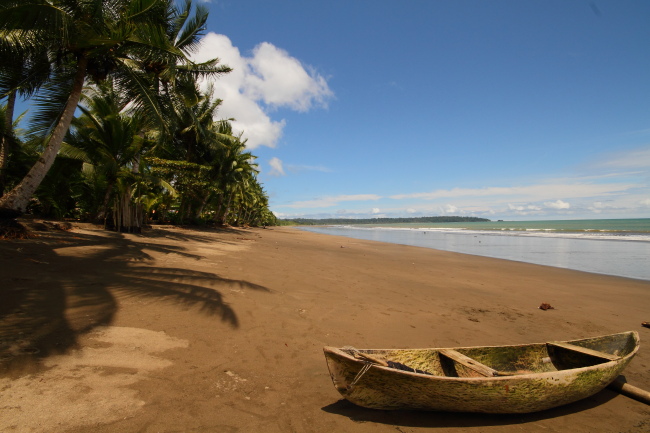 |
Beach Pacifico (ProColombia) |
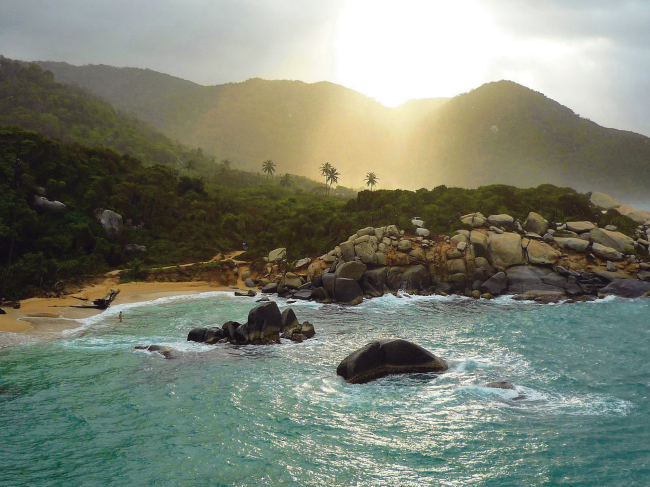 |
Parque Tayrona (ProColombia) |
The country hosted more than 5 million international tourists last year, a 15 percent increase from 2015 and making tourism the second-largest national industry. Mentioning government incentives to investors, Pinilla encouraged investing in hotel construction, airline services, agencies and other tourism-related infrastructure.
Last year, some 7,600 Koreans traveled to Colombia, the highest figure in decades. As Koreans are becoming Asia’s leading coffee consumers, more and more are visiting coffee plantation farms and receiving barista certifications.
Colombia and Korea launched their bilateral free trade agreement in July last year. Since then, exports of various goods have risen steadily, particularly coffee beans and products, $11.3 million of which were imported to Korea in January alone. Korea imported $89 million of coffee products from Colombia last year.
Korea is the second-largest Asian investor in Colombia after Japan, with a cumulative direct investment of more than $210 million since 2000.
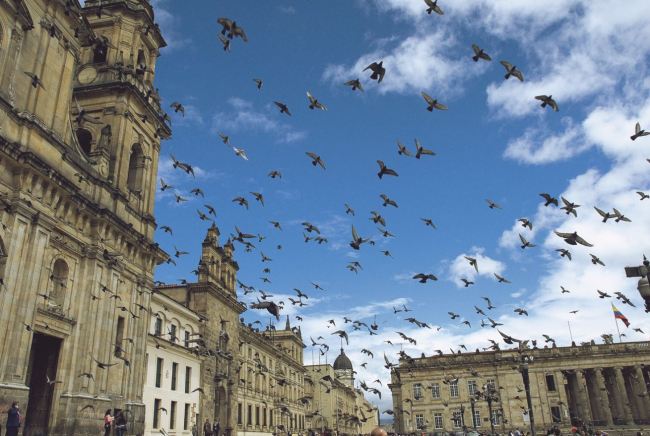 |
Plaza de Bolivar, Bogota (ProColombia) |
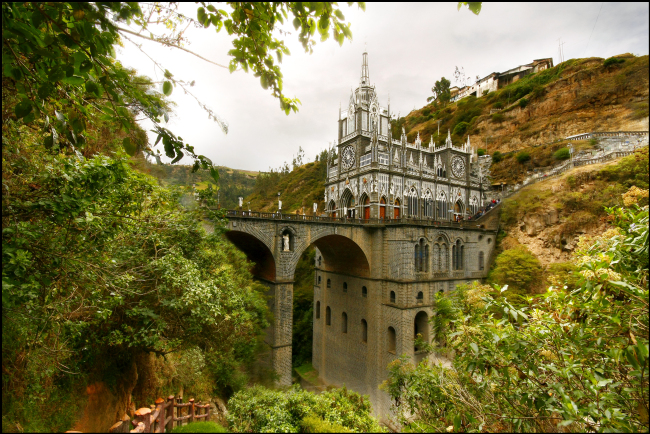 |
Santuario de las Lajas located in Ipiales (ProColombia) |
The third-largest market in Latin America with 48 million people is making efforts to diversify exports to Korea, targeting value-added goods, meat products, tropical fruits, cacao and flowers.
“Following the peace agreement, the country is undergoing a major transformation in terms of development,” the envoy said, citing education, societal rehabilitation, residential construction and infrastructure development.
“Three major sectors for further cooperation with Korea lie in infrastructure, agriculture and export of oil, coal and minerals.”
Pinilla highlighted the Bogota Metro project, a $7 billion scheme to build a subway system with the first line of 27 stations stretching 32 kilometers to be serviceable by 2020. The second phase of upgrading El Dorado International Airport in Bogota with a new terminal is another major project. There are some 30 highways being planned for construction across the country.
In agriculture, a total of 30 million hectares of land will be used for the agri-food industry, with new land additionally available from the previously guerilla-controlled territories and conflict zones.
By Joel Lee (
joel@heraldcorp.com)
 |
Calles de la Candelaria, Bogota (ProColombia) |
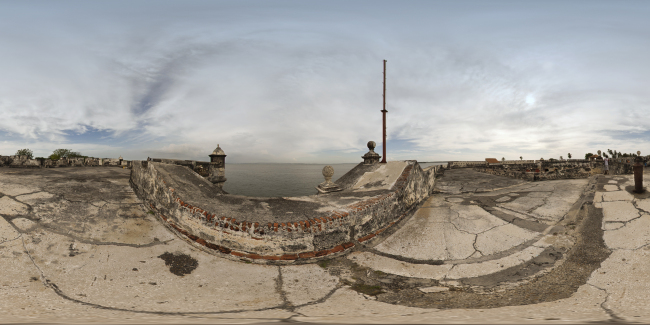 |
Cartagena (ProColombia) |














